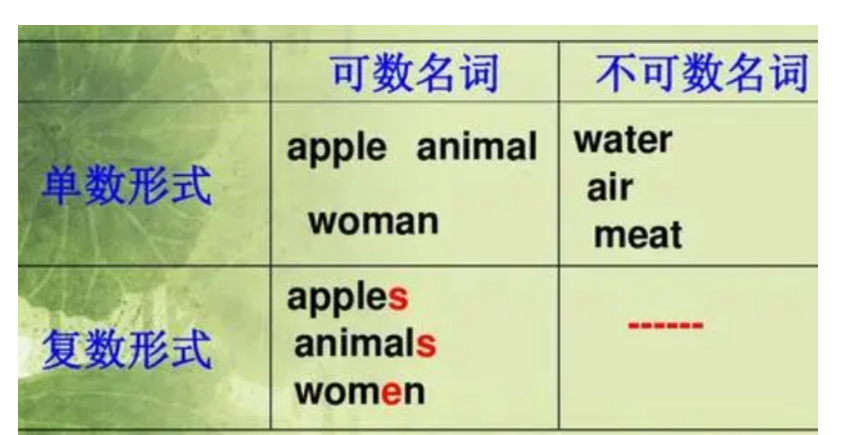"Is cabb玩法e countable or uncountable?" This is a common question that English learners may have when they come across this versatile and nutritious vegetable. In this article, we will explore whether cabb玩法e is considered countable or uncountable in both its raw and cooked forms.

1. Countable versus Uncountable Nouns
In English grammar, nouns are classified as countable or uncountable. Countable nouns refer to things that can be counted and have both singular and plural forms. Uncountable nouns, on the other hand, are substances, concepts, or qualities that cannot be counted individually.
2. Cabbage as a Countable Noun
In its raw form, cabbage can be considered a countable noun. For example, if you buy three heads of cabbage at the grocery store, you would say "three cabbages." Similarly, if you are making coleslaw and the recipe calls for two cups of shredded cabbage, you would say "two cups of cabbage."
3. Cabbage as an Uncountable Noun
However, when cabbage is cooked or prepared in a dish, it is often treated as an uncountable noun. For example, if you are making cabbage soup, you would say "I added some cabbage to the broth" rather than "I added some cabbages to the broth."

4. Context Matters
The countability of cabbage can also depend on the context in which it is used. For example, if you are referring to different types of cabbage, such as green cabbage, red cabbage, or Napa cabbage, you would say "types of cabbage" rather than "cabbages."
5. Collective Nouns
Another consideration when discussing the countability of cabbage is the use of collective nouns. In some cases, cabbage can be treated as a collective noun, similar to words like "salt," "rice," or "pasta." For example, you might say "There is a lot of cabbage in this salad" instead of "There are a lot of cabbages in this salad."
6. Using Quantifiers
When talking about cabbage in a general sense, it is more common to use quantifiers like "some," "a lot of," or "much" rather than specific numbers. For example, you might say "There is too much cabbage in this dish" rather than "There are ten cabbages in this dish."
7. Conclusion
In conclusion, cabbage can be considered both countable and uncountable depending on the context in which it is used. When referring to individual heads of cabbage or specific quantities in a recipe, it is treated as a countable noun. However, when discussing cabbage in a broader sense or as a collective noun, it is treated as uncountable. Understanding the nuances of countability and context can help English learners use cabbage correctly in their writing and conversations.
云作文原创内容,未经允许不得转载。